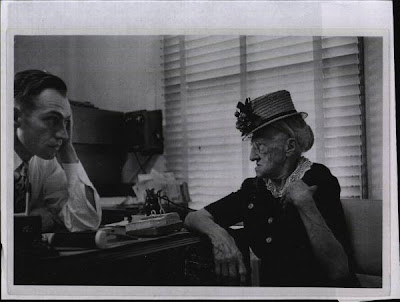
I'm not a fan of the mega city concept, where one architect designs the look of an entire city. That unified look is great for sci-fi movies (above), but most of us want the city we're actually going to live in to have more diversity. I like cities where each division has its own flavor, each section has its own story to tell.

Architects aren't sympathetic to any of this. They believe in the one-size-fits-all philosophy where the solution to every problem is simplistic, bold shapes. I hate stuff like that.

There's plenty of examples of good, vintage architecture out there, but you can't get architects to pay attention to it. Maybe it's time to give artists a turn at bat. They can't do worse than what's around now.

These days artists are steeped in graphic novels which are always depicting the dark side of things. If artists designed a city they'd probably go for something funereal, like Gotham City in the "Batman" movie.

Such a city is bound to attract a criminal element. Rather than leave their housing to chance, artists should build it (above) for them. Maybe something by H. R. Giger.

Maybe thugs would feel at home in this environment, and not be tempted to venture out looking for victims.

If the city is going to have a modern design, let's try something really drastic (above). Imagine going down that staircase on the upper left. The steep angle would take your breath away, and descending would be difficult and dangerous...but it sure would be fun!

Maybe we need to flood the streets the way Venice is flooded. Wouldn't it be fun to take a boat to work?

Here's (above) a little Lego city that Norman Mailer built years ago, and which still stands somewhere. Each Lego block represents an apartment. Mailer said philosophers would live on the top, call girls would live in the white blocks, and corporate executives in the black ones.

Here's (above) a goth city where half the population is Christian and requires a lot of churches, and the other half are irreverent satanists who delight in building churches upside-down.

A city which is divided like that will naturally be pretty tense. To distract the population from their differences I suggest a diversion, perhaps a race of genetically modified giants who will walk around and randomly intimidate people.

If the giants get out of hand, the city's water monsters will be unleashed. Water monsters eat giants.

Here's (above) a possible layout for a New York City. The buildings would be crammed together...really packed. Every window would be butted up to some window in the next building. if you want to live here you better be the kind of person who gets along with your neighbors.



















































